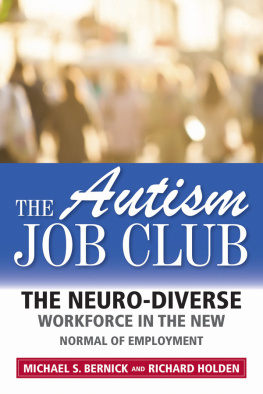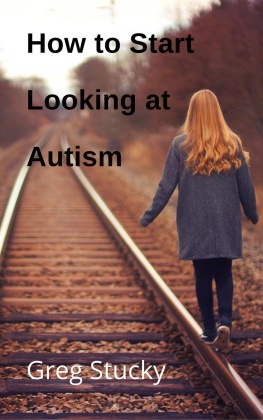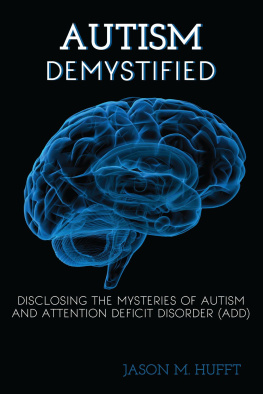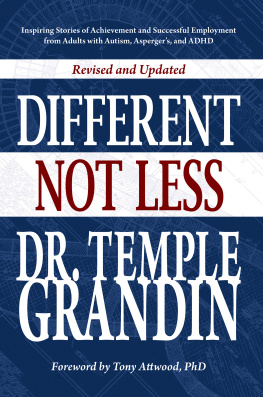Dedication to:
Donna, once again
msb
Ricardo, William, and Gaelen
rjh
Copyright 2015 by Michael Bernick and Richard Holden
All rights reserved. No part of this book may be reproduced in any manner without the express written consent of the publisher, except in the case of brief excerpts in critical reviews or articles. All inquiries should be addressed to Skyhorse Publishing, 307 West 36th Street, 11th Floor, New York, NY 10018.
Skyhorse Publishing books may be purchased in bulk at special discounts for sales promotion, corporate gifts, fund-raising, or educational purposes. Special editions can also be created to specifications. For details, contact the Special Sales Department, Skyhorse Publishing, 307 West 36th Street, 11th Floor, New York, NY 10018 or .
Skyhorse and Skyhorse Publishing are registered trademarks of Skyhorse Publishing, Inc., a Delaware corporation.
Visit our website at www.skyhorsepublishing.com.
10 9 8 7 6 5 4 3 2 1
Library of Congress Cataloging-in-Publication Data is available on file.
Cover design by Georgia Morrissey
Cover photo credit: Shutterstock
ISBN: 978-1-63220-696-1
Ebook ISBN: 978-1-63220-997-9
Printed in the United States of America
CONTENTS
FIGURES
Rise of Disability Claimants, 19672014
Average Male and Female Monthly Claims Payments Compared to the Consumer Price Index, 19672014
Social Security Disabled Worker Monthly Payments, 19672014 ($ Million)
Quarterly Gross Job Gains, 19922013 (in thousands)
Quarterly Gross Job Losses, 19922013 (in thousands)
Job Openings Per Month (in thousands)
Number of Unemployed per Job Opening, 20002014
Part-Time Employment (in thousands), 19902014
Temporary Help Services Employment (in thousands), 19902014
Top 20 Knowledge Worker Job Openings, 20122022 (in thousands)
Top Fifteen Occupational Openings (in thousands), 20122022
Projected Job Growth and Openings by Education Level (in thousands), 20122022
Projected Job Growth and Share of Total Openings (in thousands), 20122022
Industry Job Growth, 20022022 (in thousands)
Average Annual Wages by Occupational Group, 20022012
Average Occupational Group Wage Changes (CPI Adjusted), 20022012
INTRODUCTION
Creating a Place in the Emerging Job World
This book is about building a better structure of employment for adults with autism.
It addresses how adults with autism and their families and advocates can best approach their own employment searches. More broadly, it addresses how collectively we can build a more effective autism employment system.
At the start, we should say that while we hope this book finds an audience in the autism community, we believe it also speaks to a wider community of workers. Our focus is on autism employment. But autism is a proxy for other neurodiverse workforces. Further, as we argue throughout the book, many of the employment challenges faced by adults with autism reflect the employment challenges most workers will face in our highly competitive and rapidly evolving job world.
Adults with autism are the fastest growing group among the neurodiverse workforces. Yet, the high numbers of persons on the disability rolls, the high unemployment and underemployment rates, and the difficulties of navigating and competing in the job world are characteristics of these other workforces, just as they are of the autism workforce. Additionally, the employment strategies for the autism workforcethe job search and networking techniques, identifying opportunities in the different industry sectors and occupations, the craft ethos and the retraining ethosare equally relevant to these other neurodiverse workforces. Indeed, in these employment strategies lie greater effectiveness in navigating the job world for all workers.
Increasingly, the public policy questions linked to the high unemployment among the autism workforce also are policy questions applicable to the general population. How much more costly is it to find employment for adults with autism than to maintain these adults on government benefit rollsas is largely being done todayand what are the benefits? How much can government operated or funded programs increase employment and what should these programs look like? What is the role of extra-governmental associations, and how can these associations best be structured?
***
The book draws on our experiences in recent years in the job placement of adults with autism, as well as research on other autism employment projects nationwide. It also draws on employment research we have undertaken over the past thirty-five years and our experiences with job placement during this time.
I (Michael Bernick) first entered the job training world in 1979, as a volunteer with a community job training agency, the San Francisco Renaissance Center, and later spent five years in the 1980s as director of Renaissance. In the late 1990s and early 2000s, I served as director of the California state labor department, the Employment Development Department, where I first became involved with placement programs for adults with autism. Since leaving EDD in 2004, I have continued this involvement.
Autism has exploded into public consciousness during the past decade, spawning hundreds of blogs, websites, articles, and books. Though most of these books focus on early education and intervention or K12 education, increasingly books are appearing on
This book differs from others on autism employment in addressing further the most effective collective employment efforts, rooted in an understanding of the evolution of the job world in the United States and the opportunities being created. We examine autism employment relating to the technology sector, the rise of the Internet commerce and social media economy, and the resilience of the non-tech, practical economy. We also address two major job dynamics that go across sectors and occupations and their meaning for autism employment: the heightened competition for most jobs; and the breakdown of full-time employment and rise of project-based, contingent, and part-time employment.
Getting a job was a challenge when I started in job training in 1979. It is significantly more difficult today. Most adults with autism will seek full-time employment with a stable company, as they should; and fortunately there are many jobs still out there that fit this category. Further, there is a small but growing number of employers who affirmatively seek out workers with autism (often because of a family tie). But for adults with autism, as for all workers, the effort needed to land a job will be far greater than in previous decades. They and their support teams will need to utilize a number of the job search strategies and also strategies of on-going skills upgrading, retraining, and lifelong learning.
We may have reached a tipping point in achieving fuller employment for adults with autism, due to the coming together of the demographics of autism, the movement toward inclusion, and the out-of-control growth of government disability benefit programs. But it will take effort to translate these social forces into job placements. A part of this effort will be through government, specifically government-funded projects. A larger part will be through the extra-governmental autism community efforts that are prevalent today and have the capacity to expand.
***
This book arises from an essay that first appeared in Zcalo Public Square , which attracted considerable interest in our Autism Job Club.














